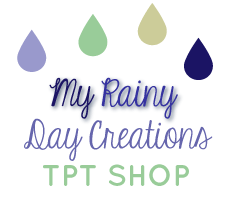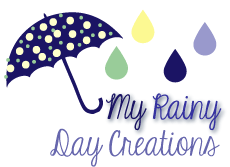ONE
I am taking some time away from teaching this year, but I still wanted to help out at my daughters' school. Luckily, a second grade teacher needed some help with a couple of girls who were behind in math.
Both girls had a lot of anxiety about math and did not enjoy learning at all. So, I had a big task in front of me, but luckily I had the time to come up with some ideas to help them L-O-V-E math.
I assembled my tutoring basket with lots of treats to make math super fun. First, I made a sticker book for each girl. I took colorful paper, laminated it, punched a hole and connected the pages with a circle closure. In theory, the girls should be able to move their stickers on and off the pages. They haven't tried moving them yet, and I am a little worried that it won't work.
The girls collect stickers in their sticker books by buying stickers from me. I give them Monopoly dollars for each problem they complete. Then, they can spend those dollars to buy stickers. Each sticker page has a different price. So far their favorites are princess stickers for $5 each. Since we are working on number sense, buying stickers and counting dollars is just more practice. Bonus!
Funny thing though - the girls are having so much fun doing the math that they forget to ask for dollars!
I also have colorful pencils and markers. The girls have always chosen to work with markers because their work looks prettier. I know they can't erase their mistakes, but if they are happy, then I am happy.
I knew we would need some counters since the girls aren't super confident about their numbers. I decided to get my daughter's little My Little Ponies - she has a ton of the ones that come in the blind bags. The two girls both love them. Best of all, after just a couple of weeks of working with them, they don't even need the ponies very much anymore.
In the back you can see one of the first pages we worked on together. The girls didn't understand number bonds, so we started looking at ways to break apart numbers and using number bonds to show our work. I made this set specifically for them, but it was so fun that I decided to list it on TpT.
There are 10 pages double-sided. One side deals with showing the numbers 1-10 using several different models, and the other side shows all of the number bonds for that number. The girls got so much practice with numbers and number bonds!
TWO
Speaking of staying home this year. This is my studio for shooting my products. I just wanted to share what a mess it is while I am working.
I feel like my pictures are looking better and better, and they give the impression that everything is perfect at my house. Ummm... not so much!
THREE
One product I have been working on this week is an idioms matching activity. I feel like idioms are crazy! I have always had a large group of ELL students, and they really don't get idioms. I built on an activity I used to do in class to make this activity. It isn't up on TpT yet, but it is coming soon!
You can already get my idioms picture matching game. I love using pictures to introduce kids to new topics. They can really dig into it because they aren't limited by their reading abilities. I already tried this one out on my third grader, and she loved it!
FOUR
I tried to make some memes this week too. I have been reading all about how the brain learns, and I wanted to find a fun way to share what I am learning. I love them! That baby is so cute!
FIVE
Once Upon a Time is finally back! I am so excited to watch the first episode of the season! I am crazy about this show, but I am waiting to watch the first episode with my girls. We are going to record a podcast after we watch because that is super fun!
Well, that is some of my week. Thanks for making it this far. I hope you had an awesome week yourself!


































